Through boom and bust, pomp and protest, the UW has grown from a single building to a sprawling research university recognized as among the best in the world. Think you know your Husky history? Try our quiz, inspired by the new book University of Washington: The Campus History Series, by Antoinette Wills and John D. Bolcer (Arcadia Publishing, 2014, on sale at the University Book Store). All photos in the quiz are from the University of Washington Libraries Special Collections.
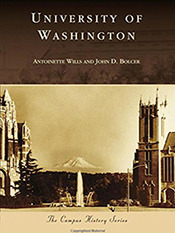
QUESTION 1
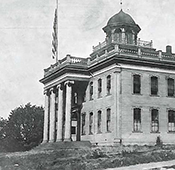
What was the approximate population of Seattle when the University of Washington opened its doors in 1861, not including members of the native Duwamish Tribe ?
A. 200
B. 800
C. 1,400
D. 2,200
QUESTION 2
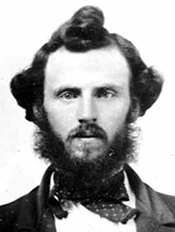
Asa Shinn Mercer, the first faculty member and first president of the University, recruited students by:
A. offering free tuition for exceptional students, a precursor to modern-day scholarships.
B. courting the leadership of small towns throughout the Northwest.
C. traveling by canoe to logging camps around Puget Sound in search of students.
D. All of the above.
QUESTION 3
Campus Day was an annual event introduced in 1904 to:
A. celebrate the start of the school year, with entertaining competitions like logrolling, axe throwing, and a tree-climbing race.
B. recruit students to do physical labor on campus, including improving paths and repairing athletic fields.
C. introduce prospective students to the University, with presentations by faculty.
D. share student accomplishments with local civic leaders, fostering ties between the University and the growing city.
QUESTION 4
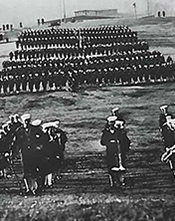
During World War I, the UW offered training for the Army, Navy, and Marines. An existing golf course (where Magnuson Health Sciences Center and UW Medical Center now stand) was dedicated to naval training and what other activity?
A. It was the site of an enormous garden that contributed much of the food for the military trainees.
B. It became a pasture for horses used by the Cavalry branch of the Army.
C. Half was retained as a nine-hole golf course for use by officers and their guests.
D. It became a tent city that housed more than 700 Navy men.
QUESTION 5

In Autumn 1918, classes were suspended from October 5 through November 12 because of:
A. a worldwide influenza epidemic.
B. soldiers returning to the States at the end of World War I.
C. an unanticipated and crippling budget shortfall.
D. a shortage of basic supplies for campus operations due to wartime priorities.
QUESTION 6

In this 1920 photo, Seattle Mayor Hugh M. Caldwell and UW President Henry Suzzallo are:
A. demonstrating their “everyman” roots during a visit to farm country, to send the message that the University is not an elitist institution.
B. plowing a scrubby plot of land near the waterfront after losing a bet with their counterparts in Hanover, New Hampshire about who would win the UW-Dartmouth football game.
C. preparing the soil for a Medicinal Herb Garden to be planted near the Botany Greenhouse.
D. breaking ground for a new campus stadium.
QUESTION 7
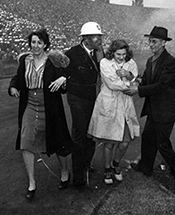
What is happening in the middle of Husky Stadium in this photo, taken during World War II?
A. The scene is part of a simulated bombing of Seattle, with civil defense workers “aiding” victims.
B. Two University staffers are removed from the stadium after lighting their programs on fire to protest being paid lower wages than the men they replaced.
C. Students are escorted off the field after racing across the grass during a timeout—a common prank at the time.
D. Two UW voice students are rushed to safety after a Molotov cocktail exploded on the field while they sang the National Anthem.
QUESTION 8
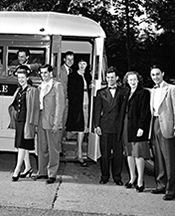
In the 1950s, drama students regularly packed into a bus to:
A. attend theater events in downtown Seattle, with support from a drama endowment.
B. travel to The Dog House Restaurant, a longtime Seattle institution, for cast parties after UW productions.
C. present live theater in schools and community centers across the state.
D. travel to Olympia to plead (dramatically!) for more arts funding for the University.
QUESTION 9
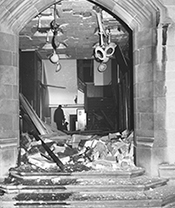
The damage shown in this 1969 photo of the Administration Building, now Gerberding Hall, was caused by:
A. the teardown of walls, the first step in a major renovation of the building.
B. a 6.4 earthquake that caused no injuries due to the late hour but strengthened the argument for seismic upgrades across campus.
C. a bomb explosion, with no suspects or motives identified.
D. repair work after a prank in the Men’s Restroom one floor above caused extensive water damage.
QUESTION 10

Students vocally protested the Vietnam War, with protests peaking in spring 1970 when the U.S. invaded Cambodia. In addition to this rally (at right) in front of the HUB, students:
A. held a sit-in in President Charles Odegaard's office.
B. marched from campus to Interstate 5, closing the freeway.
C. set off hundreds of firecrackers in a coordinated protest in Red Square.
D. All of the above.
CLICK HERE for quiz answers.
More Stories
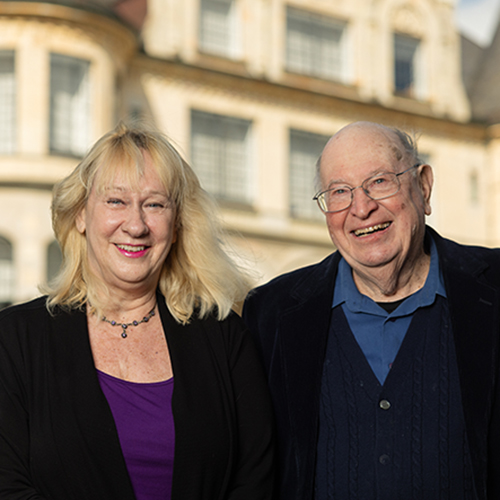
A Gift to Honor a Beloved Professor
Alumna Laura Matz told her Classical Greek professor that she was creating an endowment in his honor. He was stunned — and touched.
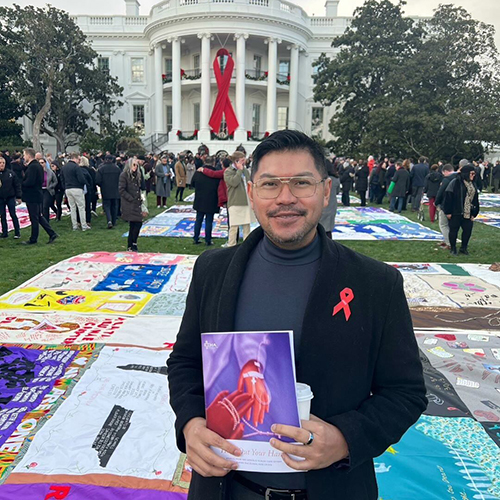
Advocating for Better Health Care
As director of government relations for the Catholic Health Association, Paulo G. Pontemayor (BA, 2005) is dedicated to increasing equity and access to health care in the United States.

An Award-winning Photojournalist, in Focus
David Ryder's photographs have been published in major US publications, including TIME magazine and The New York Times. He got his start as a photojournalist as UW undergrad working at The Daily.